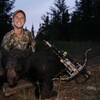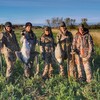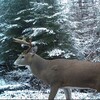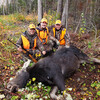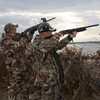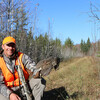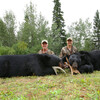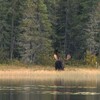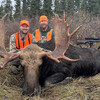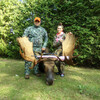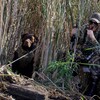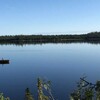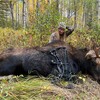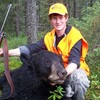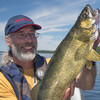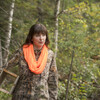
The Beauty of Blinds
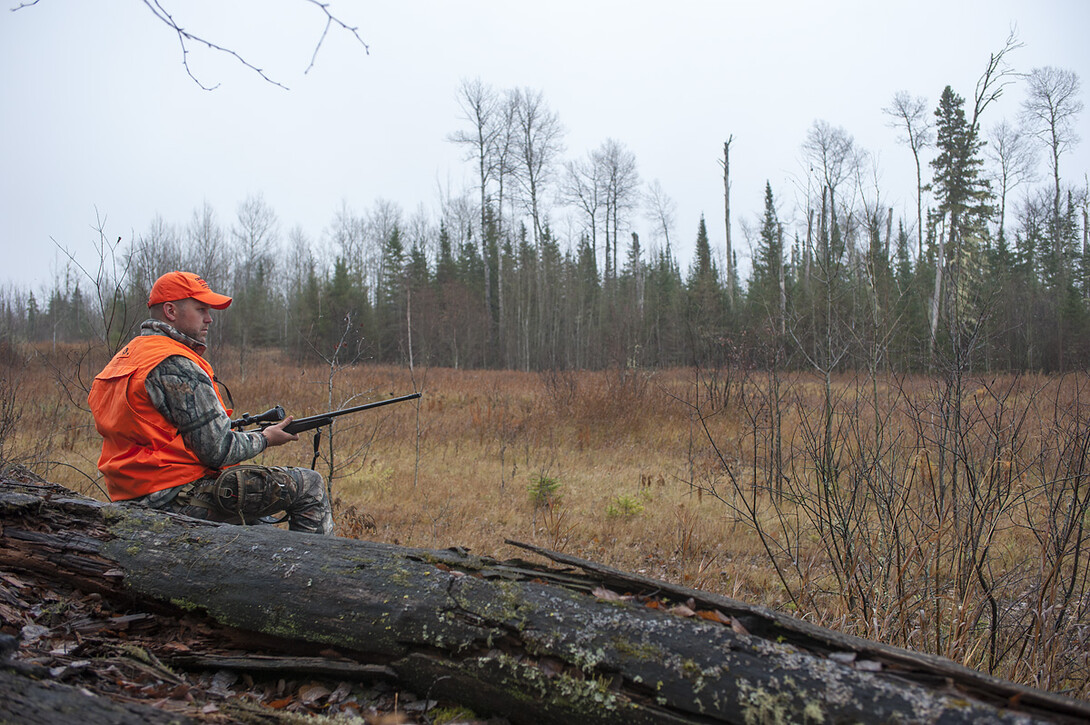
Some of the most exciting deer hunts I’ve been on have involved trying to sneak up on wary animals. Any experienced deer hunter will tell you that these sharp-eyed creatures almost always see us before we see them. I’ve spotted, stalked, and harvested a few deer, but that is a tiny number compared to the animals that have bounded off with a flash of their white tails.
My most successful hunts embrace the tactic of hiding and waiting for deer to come to me. It’s a tried and true tactic made easier with the use of a blind—an enclosed hiding spot that can vary from a permanent wooden structure built in a tree or on the ground to a portable camouflaged nylon tent. The first deer I ever shot was taken out of a ground blind and set a pattern for deer hunting success that I continue to fall back on.
A Buck for Smedley
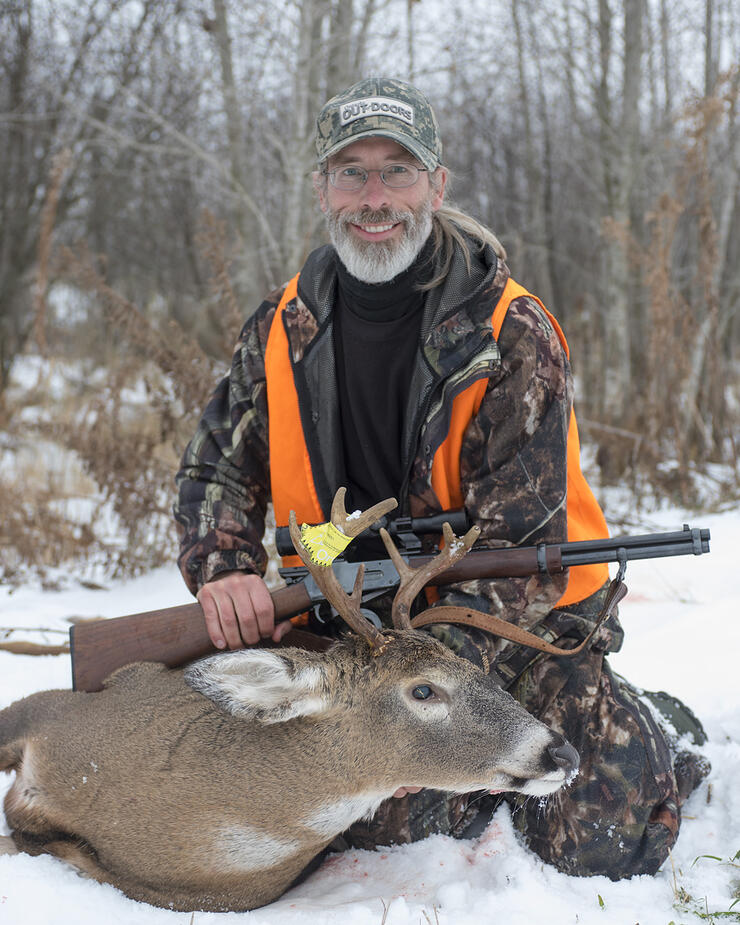
On my first successful deer hunt, I’m installed in a portable ground blind, tucked amongst a stand of conifers, with a narrow shooting lane cut down toward a lowland travel corridor. I light the portable propane heater, load my rifle, and think about the hours spent at the range, shooting close groups at 100 yards. Looking out the small opening in the blind, there is just enough brush and trees cut to provide a narrow shooting lane, yet still, provide does, and even big bucks, the cover and security to come in and feed.
With the combination of a heater, comfortable chair, and early morning, I find myself nodding off. When I opened my eyes sometime later, there are two large does on the flat, eating corn about 70 yards out. I wake up quickly.
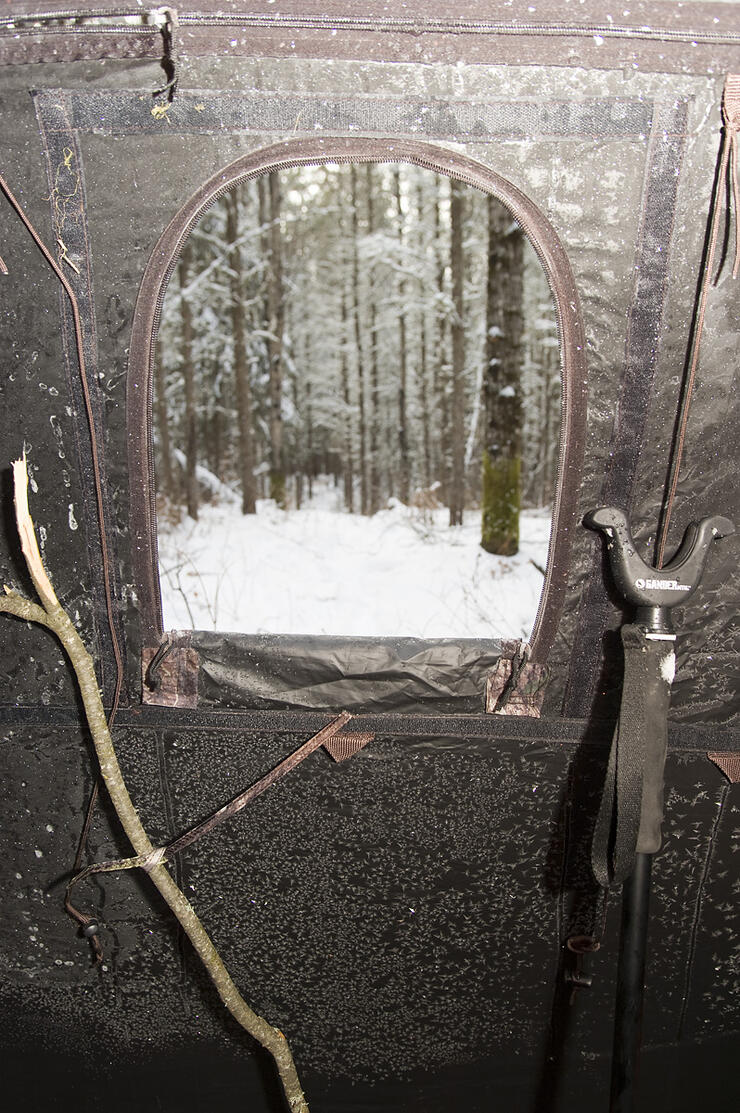
I put the scope up on the large, shapely animals. I’m committed to waiting for a buck but benefit from sizing up a potential target and thinking about shot placement. From my seated position, with my rifle resting on a shooting stick, I’m rock steady. I watch through the scope and with the naked eye for about 20 minutes. Taking either of these does from this blind may not be particularly challenging, but the opportunity for a good shot and a clean kill is maximized. From the perspective of a hunter who dreads wounding an animal, I couldn’t ask for a better setup.
When the does look up and saunter off, I remain attentive. I remember being told that often does leave when a buck comes in. Sure enough, through the scope, I see antlers, obscured by trees and branches. I can’t tell if it’s a six-point or an eight-point, but it looks at least as large as any of the does I’ve seen. After 10 minutes, it steps out from behind a stand of aspen. I’ve got a clear broadside shot at 65 yards. I release the safety, take a breath and squeeze the trigger. The deer falls to the ground on the spot.
Benefits of the Blind
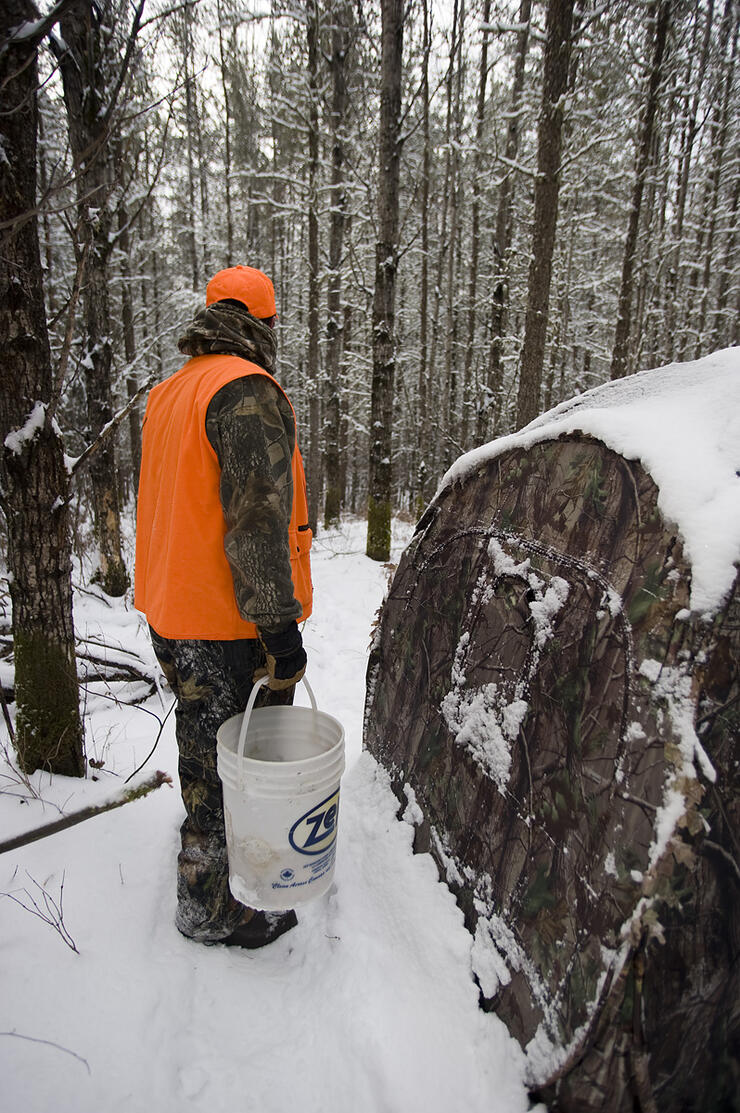
Whether we situate our blind close to a game trail, the edge of a field, or close to bait like a pile of corn or apples, waiting for long periods of time is often required. Remaining patiently undetected is much easier when concealed within a blind. A chair to sit on, a portable heater to ward off the bitter cold of a late-season hunt, and a supply of food and drink keep us warm and comfortable. Blinds also hide movement and help to mask noise so we can stretch, prepare snacks, and converse quietly with our hunting partner. Our mobility is affected, but portable nylon blinds are lightweight, easy to move, and quick to set up, with zippered windows and doors letting us adapt to various situations.

Not only can we enjoy watching blue jays, foxes, grouse, and other animals of the forest, but we can also watch deer. From our ambush point within a blind, we can make a positive identification between buck and doe and other details about the animal—and about the shot. I’m not interested in taking a shot at a deer unless I’m confident I can make a good one. From a blind, we usually have a good idea of where deer might appear. This gives us the opportunity to check the yardage, envision our shot, and match it to our shooting abilities. With the help of a gun rest or shooting stick, we have the best possible chance of making a clean shot.
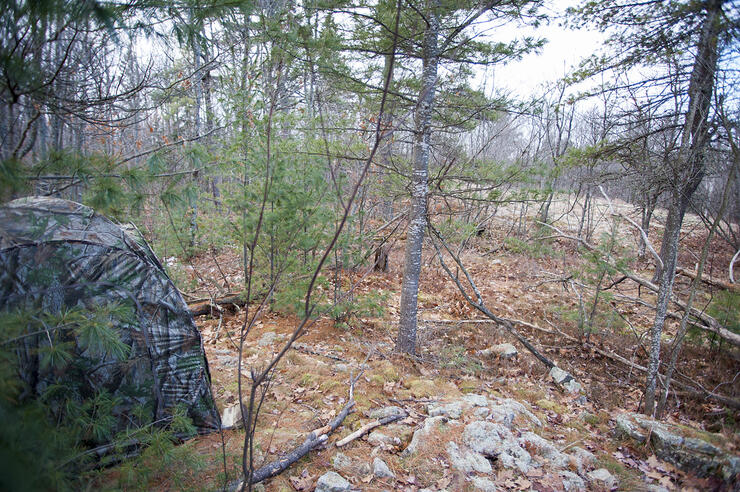
It’s not the only way to harvest a deer but, when lying in wait for whitetails, a blind makes everything easier.
Recommended Articles

A Spring Bear Hunt to Remember
Woman River Camp & Outposts

5 Reasons to Hunt in Sunset Country
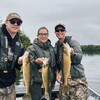
An Epic Taste of the Ontario Wilderness
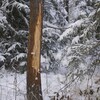
The Rut
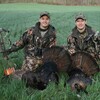
Turkey Time

A Duck Hunting Bonanza
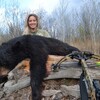
Close Encounters with Ontario Bruins
First Class Duck Hunt
Big Bucks Behavior
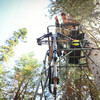
Setting up for Bear
